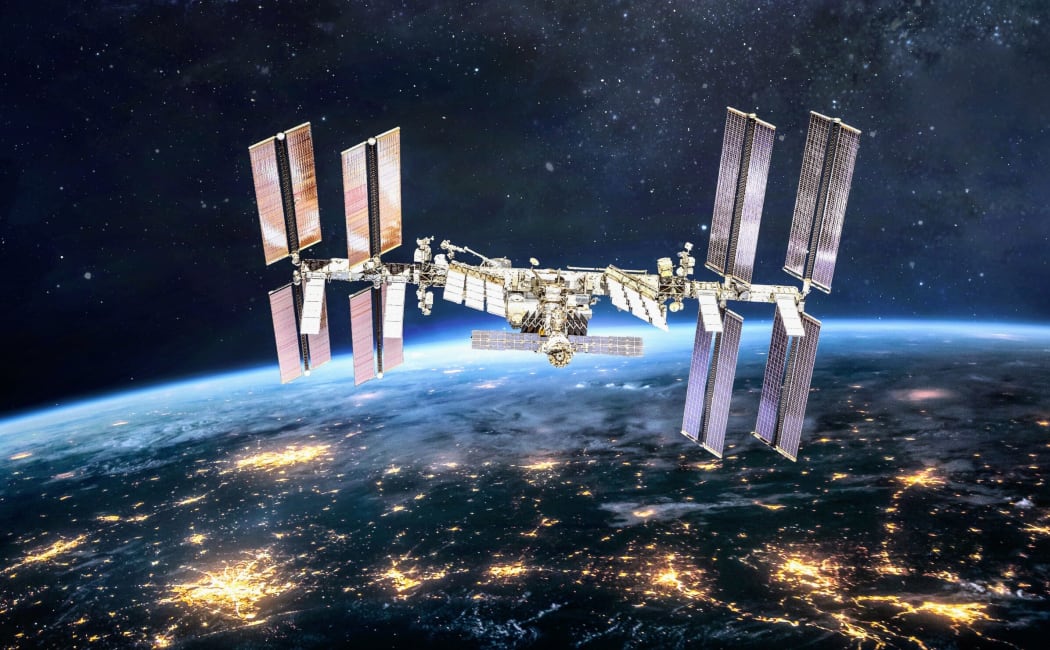NASA to Retire the International Space Station in 2030 — A New Era of Commercial Space Stations Begins

NASA to Retire the International Space Station in 2030 — A New Era of Commercial Space Stations Begins
For nearly a quarter of a century, the International Space Station (ISS) has stood as a shining symbol of human achievement and international cooperation. But by 2030, this iconic structure will make its final descent into a remote part of the Pacific Ocean, officially marking the end of an era in human spaceflight — and the beginning of a new chapter: the rise of commercial space stations.
The End of an Iconic Era
Since November 2000, NASA and its international partners have maintained an uninterrupted human presence in low Earth orbit. This remarkable streak — soon to reach 25 years — has made the ISS a symbol of what’s possible when nations unite for scientific progress. Partnering agencies from the United States, Europe, Japan, Canada, and Russia have collaborated to conduct groundbreaking research and technological experiments aboard the station.
The ISS is more than a spacecraft. It’s a floating laboratory that has advanced humanity’s understanding of materials science, biotechnology, astrophysics, Earth observation, and more. Since the first module launched in 1998, astronauts and scientists have conducted over 4,000 experiments, resulting in more than 4,400 scientific publications. These discoveries have improved life on Earth and paved the way for deeper space exploration.
Why NASA is Retiring the ISS
While the ISS has served humanity well, no structure can last forever in the harsh conditions of space. The station is aging, and maintaining it is becoming increasingly expensive. By 2030, NASA plans to intentionally deorbit the ISS, guiding it into a remote area of the Pacific Ocean known as the “Spacecraft Cemetery”.
This decision isn’t a retreat from space but a strategic shift. Instead of operating a single massive government-led station, NASA aims to transition to a commercial model where private companies will build, own, and operate the next generation of orbital platforms.
From Government to Commercial Space Stations
NASA has already laid the groundwork for this transition. In December 2021, the agency awarded contracts to several private companies to develop commercial space stations in low Earth orbit. These companies will take on responsibilities that once fell solely on government agencies — a model similar to how commercial partners like SpaceX and Boeing have been transporting cargo and crew to the ISS.
NASA has invested more than $400 million to accelerate the design and development of these commercial outposts. By the time the ISS is retired, at least one of these new stations is expected to be operational, ensuring that the U.S. and its partners maintain a strong presence in space.
What Makes Low Earth Orbit So Valuable
Operating 250 miles above Earth’s surface, low Earth orbit offers a unique microgravity environment ideal for cutting-edge research. Scientists have used the ISS to study how cells behave in weightlessness, how materials form in extreme temperatures, and how space radiation affects living organisms.
Notable breakthroughs include:
- Improved crystallization processes for cancer-fighting drugs
- Development of techniques for growing artificial retinas
- Research on ultrapure optical fibers
- Experiments in DNA sequencing in space
- Deepened understanding of thunderstorms and Earth’s atmospheric systems
This body of research has not only contributed to scientific knowledge but also created practical benefits — from improved medical treatments to advanced communication technologies.
The Next Step: Private Space Habitats
NASA’s vision is to buy services from private stations just like it currently buys cargo and crew services from commercial partners. In September 2025, the agency opened a second phase of its partnership program to support the design and testing of private stations capable of hosting four people in orbit for at least 30 days.
Once these stations pass critical design reviews and meet NASA’s rigorous safety requirements, they will host a new generation of astronauts, researchers, and commercial missions. This will create a dynamic, competitive environment in low Earth orbit — one that fuels innovation, reduces costs, and expands access to space.
A New Space Race: Global Competition Heats Up
While NASA moves toward commercialization, China continues to operate its Tiangong space station, a permanently crewed facility orbiting at roughly the same altitude as the ISS. If NASA’s station retires on schedule, China will become the sole operator of a government-run orbital laboratory — at least temporarily — until private American stations take over.
This new phase of space exploration isn’t just about science. It’s also about global leadership in space technology, economic opportunities, and international partnerships.
The View from Earth: Witness History
Although the ISS will continue orbiting Earth for a few more years, its time is limited. On clear nights, you can still spot it — a brilliant, steady point of light gracefully moving across the sky. It remains one of the brightest objects in the night sky, a silent reminder of human ingenuity and collaboration.
When the ISS finally makes its fiery descent, it will leave behind a legacy of scientific discovery and technological progress. But its end won’t be the end of humanity’s journey in space — just the beginning of a new, more ambitious chapter.
The Future of Space is Commercial
The retirement of the International Space Station signals a bold transition. From government-led missions to commercial ventures, the next generation of space stations will not only push the boundaries of science but also open new economic frontiers in orbit. Companies will launch space hotels, research hubs, manufacturing centers, and platforms for deep space training.
NASA’s role will evolve from operator to customer, allowing it to focus resources on ambitious missions to the Moon and Mars while still maintaining a robust human presence in Earth’s orbit.
